Jacques Villon - Man- Original Etching 1949 Signed in the plate Jacques Villon (1875 - 1963) Jacques Villon was born Gaston Duchamp on July 31, 1875, in Damville, Normandy. His family is one of remarkable artistic repute; he and his three siblings Marcel Duchamp, Raymond Duchamp-Villon, and Suzanne Duchamp would all make important contributions to 20th-century art. While still a lycée student in Rouen, he began his artistic training under his grandfather, Emile Frédéric Nicolle, a shipbroker and artist. Nicolle taught Villon engraving and printmaking, and in 1891 he was the subject of one of Villon’s earliest prints. In January 1894 Villon moved in with his brother Raymond in Paris’s Montmartre neighborhood and began to study law at the University of Paris. He soon lost interest in legal studies and instead spent his time submitting drawings to various magazines and newspapers, some of which were politically oriented. Partly in order to distance his family's name from these publications, he changed his name to Jacques Villon (an homage to French medieval poet François Villon). In 1895 he began study at the Ecole des Beaux-Arts and frequented the Atelier Cormon. For almost 10 years Villon worked largely in graphic media, contributing drawings to Parisian illustrated papers and making color prints and posters. In 1903 he helped organize the drawing section of the first Salon d’Automne, which would become one of the most significant annual exhibitions in the history of modern art. His first gallery exhibition, shared with his brother Raymond, took place at Galerie Legrip, Rouen, in 1905. He studied at the Académie Julian in Paris between 1904 and 1905, painting in a Neo-Impressionist style. In 1906 Villon settled in Puteaux and began to spend more time painting; by 1910 he had devoted himself primarily to painterly pursuits. In 1911, he and Duchamp-Villon helped found the Puteaux Group, a collective of Cubist artists that held meetings in Villon’s studio; its participants included Robert Delaunay, Marcel Duchamp, Albert Gleizes, František Kupka, Fernand Léger, Francis Picabia, and others. The following year, working with the Puteaux Group, Villon named and helped mount the Salon de la Section d'Or, a seminal exhibition in the development of the Cubist movement. Villon exhibited nine paintings at the 1913 New York Armory Show, and his first solo exhibition in the United States was held at the Societé Anonyme, New York, in 1921; by the 1930s he was better known in the U.S. than in Europe. In 1932 he joined and began to exhibit with the Abstraction-Création group. An important presentation of his work was held in Paris in 1944 at the Galerie Louis Carré, from that time forward his exclusive representative. Villon received honors at a number of international exhibitions, including First Prize at the Carnegie International (1950) and Grand Prize for Painting at the Venice Biennale (1956). In 1955 he designed stained-glass windows for a cathedral in Metz, France, along with his contemporaries Marc Chagall and Roger Bissière. Villon died in Puteaux on June 9, 1963, at the age of 87.
Jacques Villon - Uomo - Acquaforte originale del 1949 Firmata nel piatto Jacques Villon (1875 - 1963) Jacques Villon è nato Gaston Duchamp il 31 luglio 1875, a Damville, Normandia. La sua famiglia è di notevole fama artistica; lui e i suoi tre fratelli Marcel Duchamp, Raymond Duchamp-Villon e Suzanne Duchamp daranno tutti importanti contributi all'arte del XX secolo. Mentre era ancora uno studente di liceo a Rouen, iniziò la sua formazione artistica sotto suo nonno, Emile Frédéric Nicolle, un agente navale e artista. Nicolle insegnò a Villon l'incisione e la stampa, e nel 1891 fu il soggetto di una delle prime stampe di Villon. Nel gennaio 1894 Villon si trasferì con suo fratello Raymond nel quartiere parigino di Montmartre e iniziò a studiare legge all'Università di Parigi. Ben presto perse interesse negli studi giuridici e passò invece il suo tempo presentando disegni a varie riviste e giornali, alcuni dei quali erano politicamente orientati. In parte per allontanare il nome della sua famiglia da queste pubblicazioni, cambiò il suo nome in Jacques Villon (un omaggio al poeta medievale francese François Villon). Nel 1895 iniziò a studiare all'Ecole des Beaux-Arts e frequentò l'Atelier Cormon. Per quasi 10 anni Villon lavorò in gran parte nella grafica, contribuendo con disegni ai giornali illustrati parigini e realizzando stampe a colori e manifesti. Nel 1903 aiutò a organizzare la sezione di disegno del primo Salon d'Automne, che sarebbe diventato una delle mostre annuali più significative nella storia dell'arte moderna. La sua prima mostra in galleria, condivisa con suo fratello Raymond, ebbe luogo alla Galerie Legrip, Rouen, nel 1905. Ha studiato all'Académie Julian di Parigi tra il 1904 e il 1905, dipingendo in uno stile neoimpressionista. Nel 1906 Villon si stabilisce a Puteaux e comincia a passare più tempo a dipingere; nel 1910 si dedica principalmente alla pittura. Nel 1911, lui e Duchamp-Villon contribuirono a fondare il Gruppo Puteaux, un collettivo di artisti cubisti che si riuniva nello studio di Villon; i suoi partecipanti includevano Robert Delaunay, Marcel Duchamp, Albert Gleizes, František Kupka, Fernand Léger, Francis Picabia e altri. L'anno seguente, lavorando con il gruppo Puteaux, Villon nominò e aiutò a montare il Salon de la Section d'Or, una mostra seminale nello sviluppo del movimento cubista. Villon espose nove dipinti al New York Armory Show del 1913, e la sua prima mostra personale negli Stati Uniti si tenne alla Societé Anonyme, New York, nel 1921; negli anni trenta era più conosciuto negli Stati Uniti che in Europa. Nel 1932 entrò a far parte del gruppo Abstraction-Création e cominciò a esporre con esso. Un'importante presentazione del suo lavoro si tenne a Parigi nel 1944 alla Galerie Louis Carré, da quel momento in poi suo rappresentante esclusivo. Villon ricevette riconoscimenti in diverse mostre internazionali, tra cui il Primo Premio alla Carnegie International (1950) e il Gran Premio per la Pittura alla Biennale di Venezia (1956). Nel 1955 progettò le vetrate per una cattedrale di Metz, in Francia, insieme ai suoi contemporanei Marc Chagall e Roger Bissière. Villon morì a Puteaux il 9 giugno 1963, all'età di 87 anni.

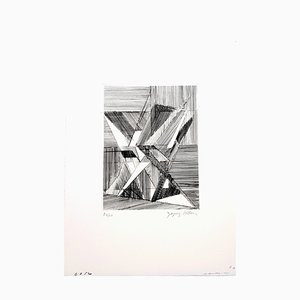
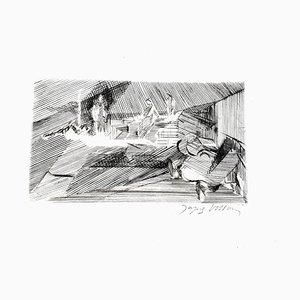
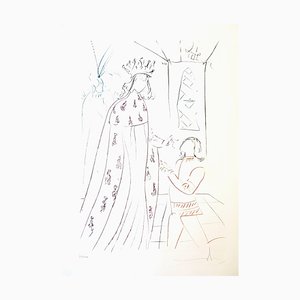
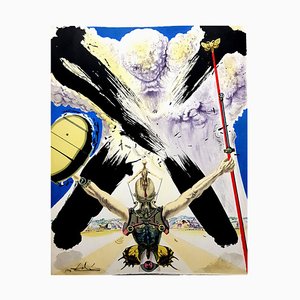
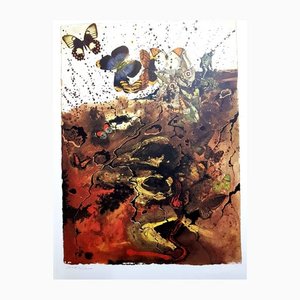
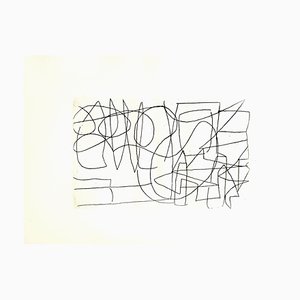
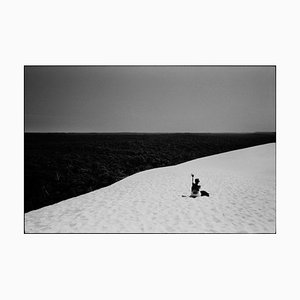
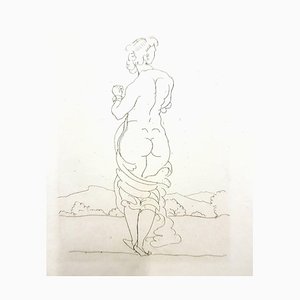
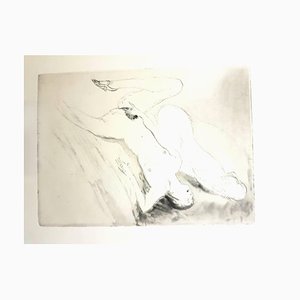
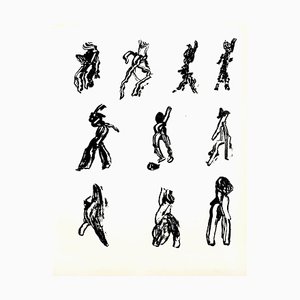
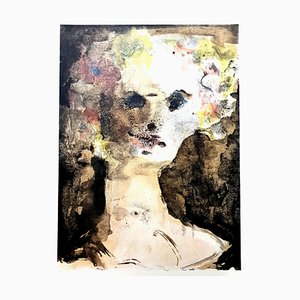
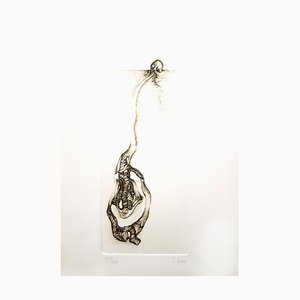
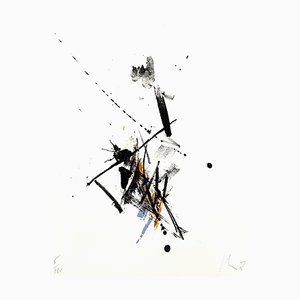
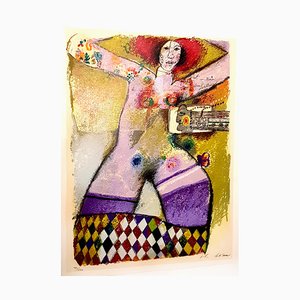
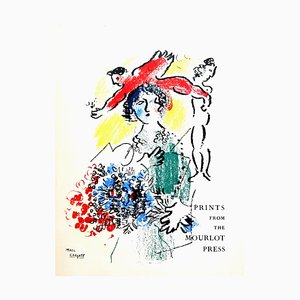
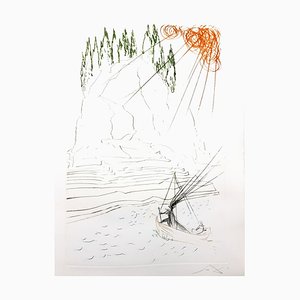

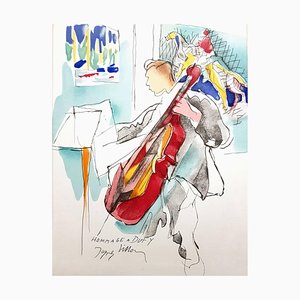
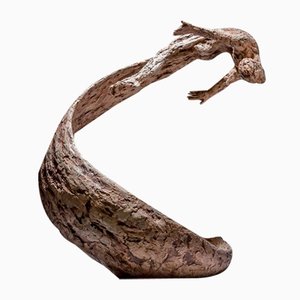
Contattaci
Fai un'offerta
Abbiamo notato che sei nuovo su Pamono!
Accetta i Termini e condizioni e l'Informativa sulla privacy
Contattaci
Fai un'offerta
Ci siamo quasi!
Per seguire la conversazione sulla piattaforma, si prega di completare la registrazione. Per procedere con la tua offerta sulla piattaforma, ti preghiamo di completare la registrazione.Successo
Grazie per la vostra richiesta, qualcuno del nostro team vi contatterà a breve.
Se sei un professionista del design, fai domanda qui per i vantaggi del Programma Commerciale di Pamono